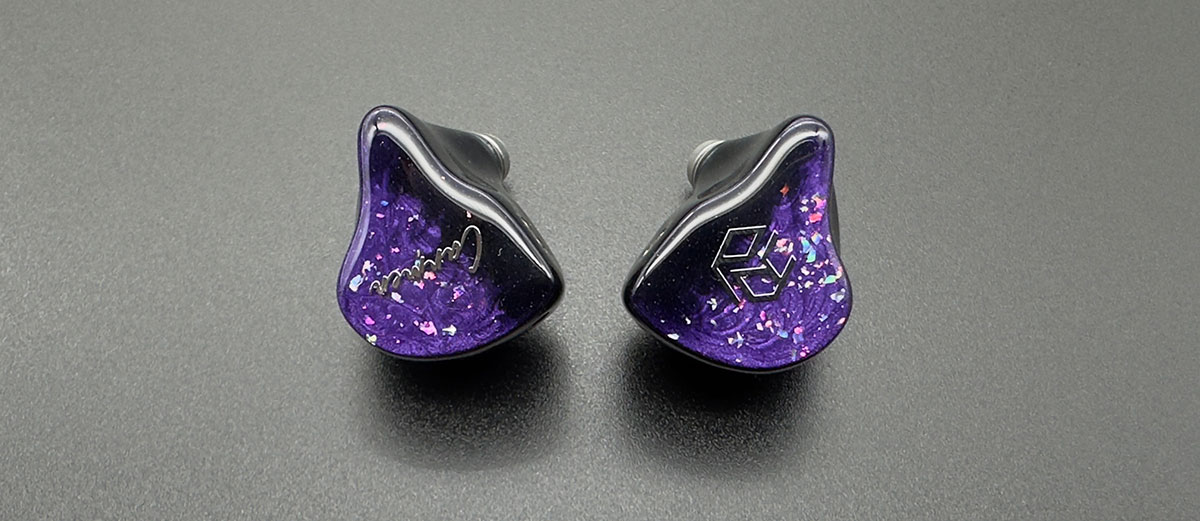
Today, Nihal reviews the Yanyin Carmen, a new high-end universal in-ear monitor with 10 balanced armature drivers in a 4-way configuration. It is priced at $849.
Disclaimer: This sample was sent to us in exchange for our honest opinion. Headfonics is an independent website with no affiliate links or status. We thank Linsoul Audio for their support.
Click here to read more about Yanyin products we have previously reviewed on Headfonics.
Note that this article follows our current scoring guidelines which you can read in more detail here.
Yanyin’s origins aren’t widely known, but I believe they started around 2020. We’ve previously reviewed a couple of their IEMs including the Aladdin and Canon II.
The Canon II was well-received by the audiophile community and played a key role in establishing the brand. Now, Yanyin has introduced its flagship model, the $849 Carmen, which features ten balanced armature drivers.
The name comes from Georges Bizet’s famous opera Carmen, and in some ways, the tuning seems influenced by it. Expectations were high when Carmen arrived.
In this review, I’ll explore its performance in some depth and provide a detailed comparison with competing IEMs to better understand how it stacks up.
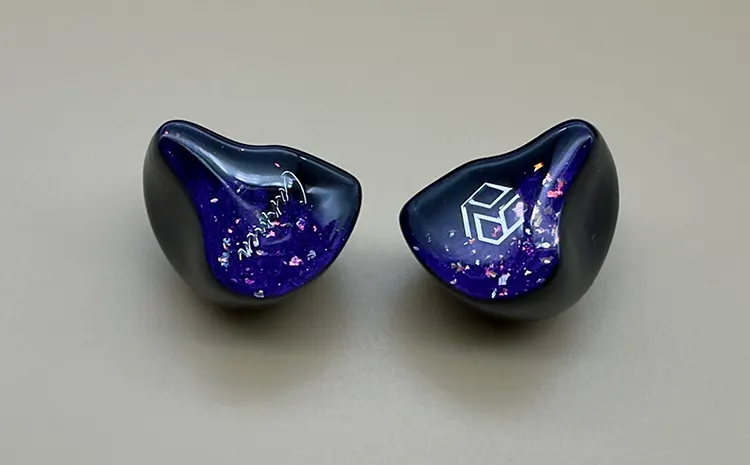

Features
The Carmen is powered by ten balanced armature drivers, a choice that ensures greater coherence compared to hybrid IEMs, where different driver types can sometimes disrupt sonic harmony.
For the low-end, Carmen employs four Sonion drivers, aiming for superior bass performance. Sonion’s reputation for delivering energy and impact closest to that of dynamic drivers makes this a fitting choice.
In the midrange, Carmen uses two Sonion drivers, while the high frequencies are managed by another pair of full-sized Sonion drivers. Additionally, a custom dual driver is specifically dedicated to the ultra-high frequencies.
Carmen incorporates phase synchronization compensation technology to reduce phase distortion, further improving overall coherence.
The drivers are arranged in a 4-way crossover system with four independent sound bores to precisely manage frequency distribution, ensuring clarity and precision across the entire spectrum.
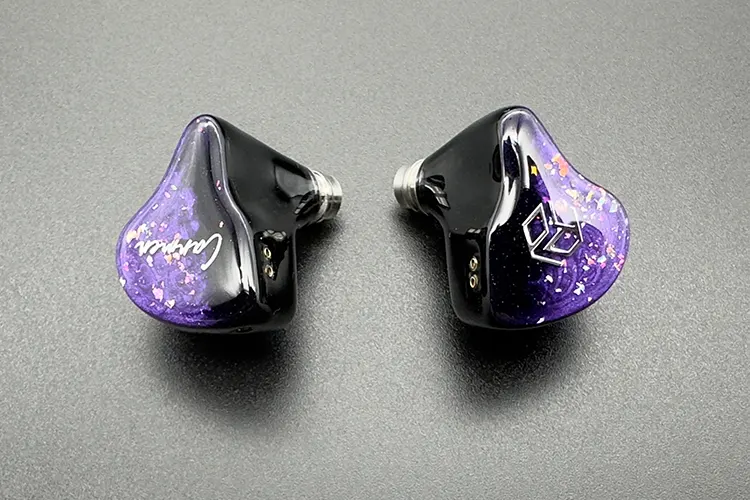

Design
The Carmen shells are crafted from handcrafted medical-grade resin, offering both durability and a high-quality feel. The smooth, black shells create a sleek contrast with the vibrant faceplates, and the glossy finish elevates the overall premium appearance.
The faceplates feature a deep, shimmering purple color with reflective glittering fragments scattered throughout, giving the IEMs a striking, starry-like aesthetic. The right earpiece displays the brand’s geometric logo, while the left is adorned with the name “Carmen.”
The IEMs utilize a 2-pin 0.78mm connector for cable attachment. The nozzle is made of metal and designed with an average length, neither too wide nor too narrow, making it easier for various ear tips to fit.
Additionally, a vent is present on the shell to aid airflow and maintain comfort during long listening sessions.
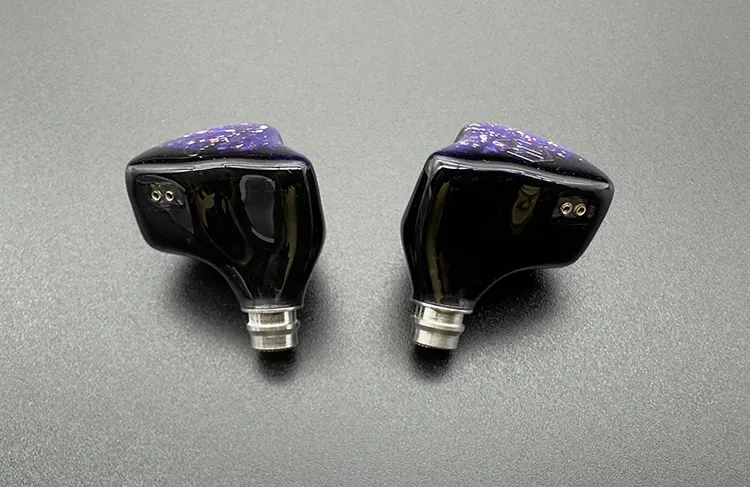

Comfort & Isolation
The shell being not too large should not be a problem for most people. I find the size quite apt. For reference, the shell size is comparable to the THIEAUDIO Oracle MKIII and a bit smaller than the THIEAUDIO Hype 10.
From an ergonomic standpoint, the design is excellent. The shells are lightweight with smooth, well-finished curves that enhance comfort.
There are no sharp edges, so there are no pressure points, making the fit even more comfortable. The IEMs sit almost flush in the ear with minimal protrusion, and they stay secure even when you’re moving around.
As for isolation, it’s decent and blocks a fair amount of external noise. With properly fitting ear tips, isolation improves further.
In a slightly noisy environment, you should not have any disturbances. During my usage, I didn’t experience any pressure buildup, which is a plus. Overall, the comfort and fit of these IEMs are quite impressive.


Ear Tips
The Yanyin Carmen comes with a basic set of ultra-clear silicone ear tips in three sizes; S, M, and L. While the tips are decent in quality, the selection feels underwhelming for an IEM at this price point. Surprisingly, a more diverse range of tips wasn’t included.
With an average-sized nozzle on the Carmen, the stock tips provide a reasonably good fit. For this review, I used only the stock tips, and thankfully, I didn’t feel the need to seek out third-party options, as they offered a comfortable fit.
However, I did find that pairing the Carmen with SpinFit W1 tips improved the bass response, giving it more body than the stock tips. The stock tips, being slightly wider, contribute to a more open and airy sound.
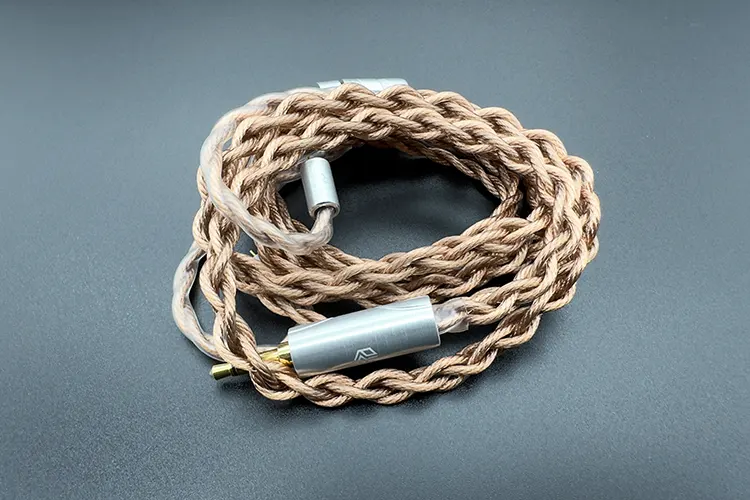

Stock Cable
The Carmen is paired with a high-quality cable that strikes a nice balance between a premium look and practical usability.
Its sturdy construction is complemented by a clean, attractive finish, providing both durability and aesthetic appeal. The braiding is neatly done with no visible gaps, highlighting the attention to detail.
The cable itself is built with high-quality 22-gauge copper, consisting of four strands and a total of 140 cores.
It comes with 0.78mm 2-pin connectors, and the 3.5mm adapter, splitter, and connectors are made from lightweight metal. The overall design is well-sized and lightweight, which makes it easy to handle.
You can choose between 3.5mm, 2.5mm, and 4.4mm configurations when purchasing, although a modular cable option would have been a nice addition.
In terms of usability, the cable performs really well. Its solid build and reliable performance meant I didn’t feel the need to swap it out for another.
While it may take up a bit of space when rolled up, it’s not overly bulky. The lightweight design also makes it comfortable to use on the go without causing any downward pull.
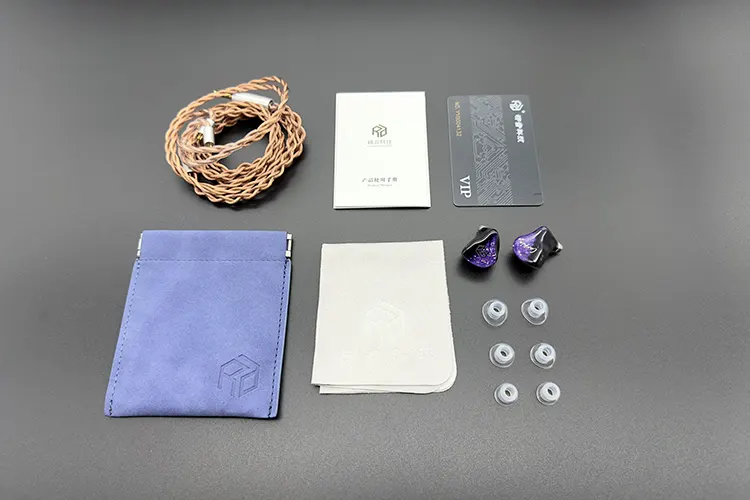

Packaging & Accessories
The Carmen has the most minimalistic packaging of any IEM I’ve tried at its price point. While I appreciate the minimalist approach, it feels a bit too bare, almost disappointing with its sparse inclusions. It comes in a small white box with a simple, elegant design.
The packaging has a subtle embossed geometric pattern that adds a bit of texture to the surface, but inside, it’s quite basic. There are two compartments: the upper one holds the IEMs, while the lower one contains a carry pouch and a cleaning cloth.
I expected more in terms of presentation and accessories, particularly with ear tips and a proper carry case. The Carmen comes with a carry pouch and not a case.
At $849, you anticipate a decent unboxing experience, especially when so many brands are going the extra mile to impress users with high-end packaging.
The accessories with the Yanyin Carmen include:
- Carry Pouch
- Ultra Clear Silicone Ear Tips
- 5mm copper cable
- Cleaning cloth
- Pair of IEMs
Sound Impressions
The following sound impressions of the Yanyin Carmen were completed using a mixture of my main source, Lotoo’s Paw Gold Touch, and occasionally the Questyle CMA18P and Earmen Angel DAC/amps. For the review, I paired the IEMs with stock cable and stock ear tips, size M.
Summary
I find the tuning on Carmen a bit different than usual. Carmen offers a warm sound signature with a relaxed and laid-back sound. There is not much emphasis on details and precision. The bass is good for an all-BA configuration.
There is decent tonality in the midrange, and a special emphasis is found in the vocals. The treble is tamed, making it ideal for extended listening sessions without causing fatigue.
As mentioned earlier, it’s inspired by Georges Bizet’s four-act opera Carmen, and that influence shows in how the IEMs focus on vocals and spatial presentation. This is especially noticeable in the way Carmen handles staging and imaging.
The sound projection tries to create a sense of immersion, as if you’re sitting right in the middle of a live performance, surrounded by the music. However, this also alters the tonality.
There’s a slight echo-like effect, but it does not feel boxy or artificial on most of the tracks I tried. However, the impression it aims to create feels somewhat unconventional to me in its tuning. In some cases, this can give a sense of hollowness in sound. Carmen does not align well with a lot of genres.
Bass
The bass performance is decent, especially considering it’s an all-balanced armature configuration. While it may not match the depth and impact of a dynamic driver, it delivers decent sub-bass with good quantity and decent punch.
With the bass it offers, you’re unlikely to find it lacking much in this area. The mid-bass, however, doesn’t stand out as much, rolling off slightly early and missing that extra punch needed for an impactful bass.
The bass leans towards a warm tonality, and in terms of layering and texture, it’s decent—so the overall quality isn’t compromised. On bass-heavy tracks, you might notice a lack of impact.
There is a slow decay, which causes the bass to feel a bit loose and spread out rather than tight and well-defined. It lacks that well-roundedness and precision, so it’s not going to satisfy hardcore bassheads. For me, I very much appreciate the bass on Carmen.
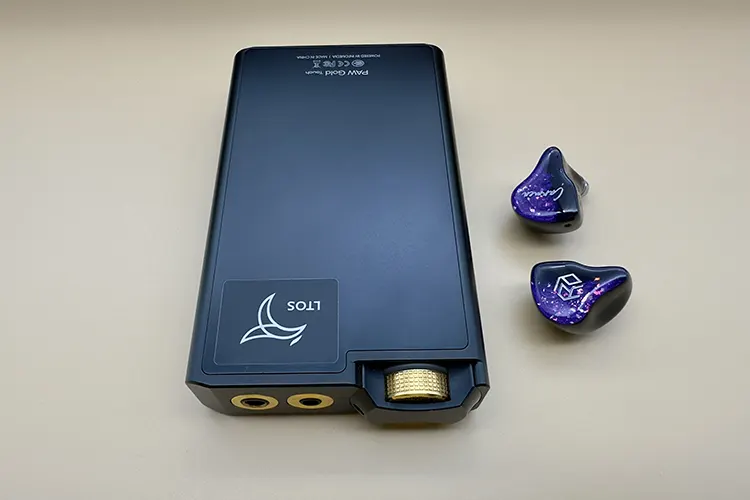

Midrange
The midrange has a warm and natural tonality, with a forward presence that brings vocals to the forefront. The timbre of instruments such as violins, cellos, and guitars is beautifully rendered and presents a rich, warm character.
Vocals take center stage, creating an intimate listening experience, and are more prominent than the accompanying instruments.
The bass does not intrude into the midrange, thanks to the well-controlled, or rather, a lower mid-bass shelf. This ensures the lower midrange isn’t overly thick or thin, striking a balanced sound.
Vocals, particularly male, have a good density and weight with good extension, giving them a sense of heft. There’s also an echoic quality to the vocals, which adds some depth.
However, female vocals don’t extend as well, as the upper mids lack the necessary extension and detail. The pinna gain occurs a bit early, contributing to the overall warmth of the sound but limiting the clarity and reach of higher-pitched vocals.
Treble
If you’re looking for a highly detailed and airy treble, this IEM may not meet those expectations.
Instead, it offers a smooth treble presentation, which is ideal for longer listening sessions as it minimizes harshness and fatigue. While there is a decent level of detail, it lacks the crispness typically associated with more treble-focused IEMs.
I do not find this a dark treble; rather, the treble energy has been dialed back to create a more subdued character. Unfortunately, the layering in the treble is also not a strong suit.
Distinguishing between different high-frequency elements in complex musical passages can be challenging, as the upper treble lacks proper extension and air. This results in some finer details feeling muted or clipped, diminishing the overall clarity and definition in this range.
Staging & Dynamics
The technical aspects of these IEMs are impressive, showcasing a wide soundstage with good depth that creates a nice holographic effect around the head.
Imaging is also decent, allowing for easy tracing of instruments with notable channel-to-channel movement. The instrument separation is effective, providing ample breathing space between sounds.
However, the resolution could be sharper, and there’s some lack of clarity and micro-detail. This seems to be intentional, as the tuning prioritizes a relaxed listening experience over a highly technical sound.
In more complex musical passages, some details may not be as pronounced, but thanks to the decent instrument separation and layering, you won’t miss much of the overall musicality.
Click on page 2 below for my recommended pairings and selected comparisons.
creditSource link







